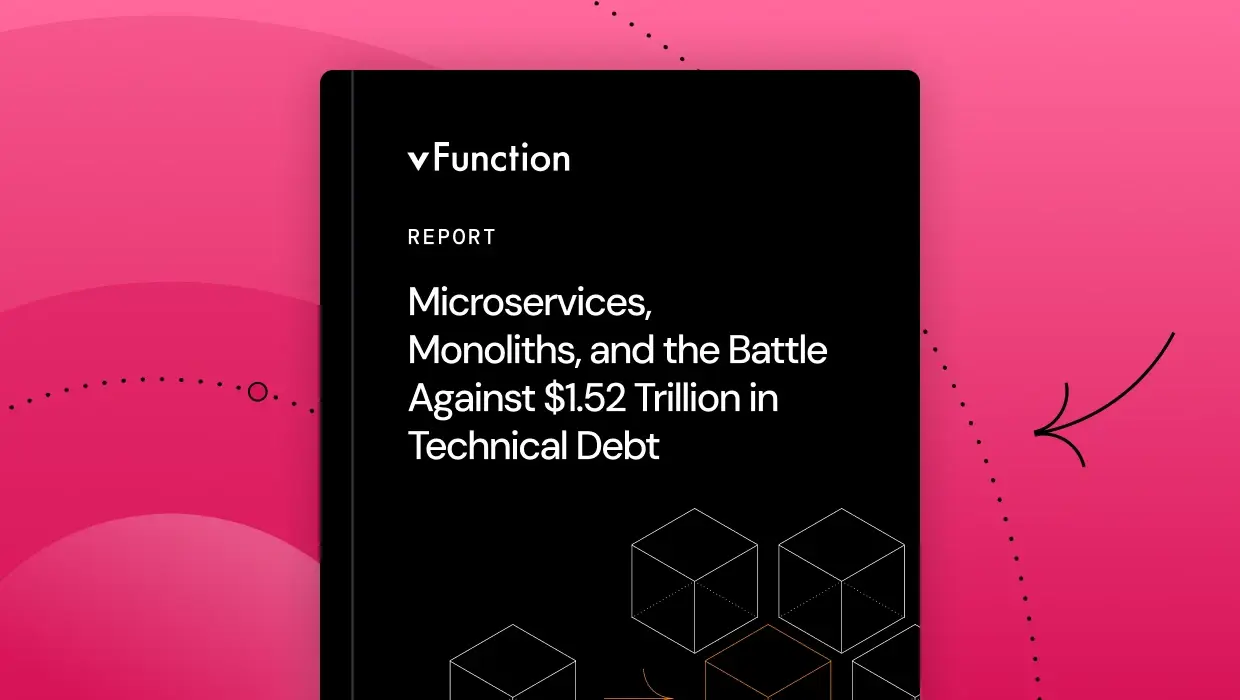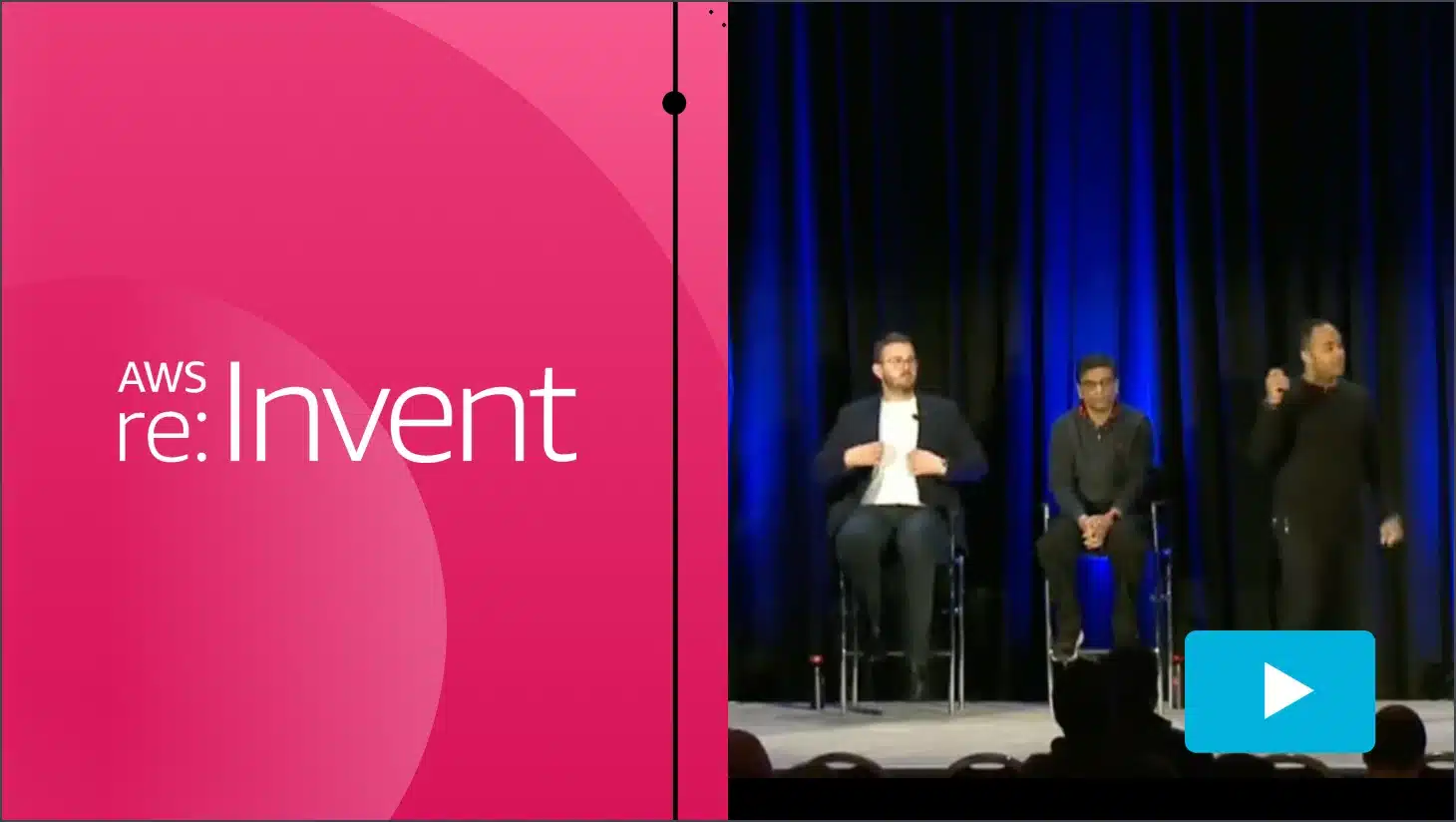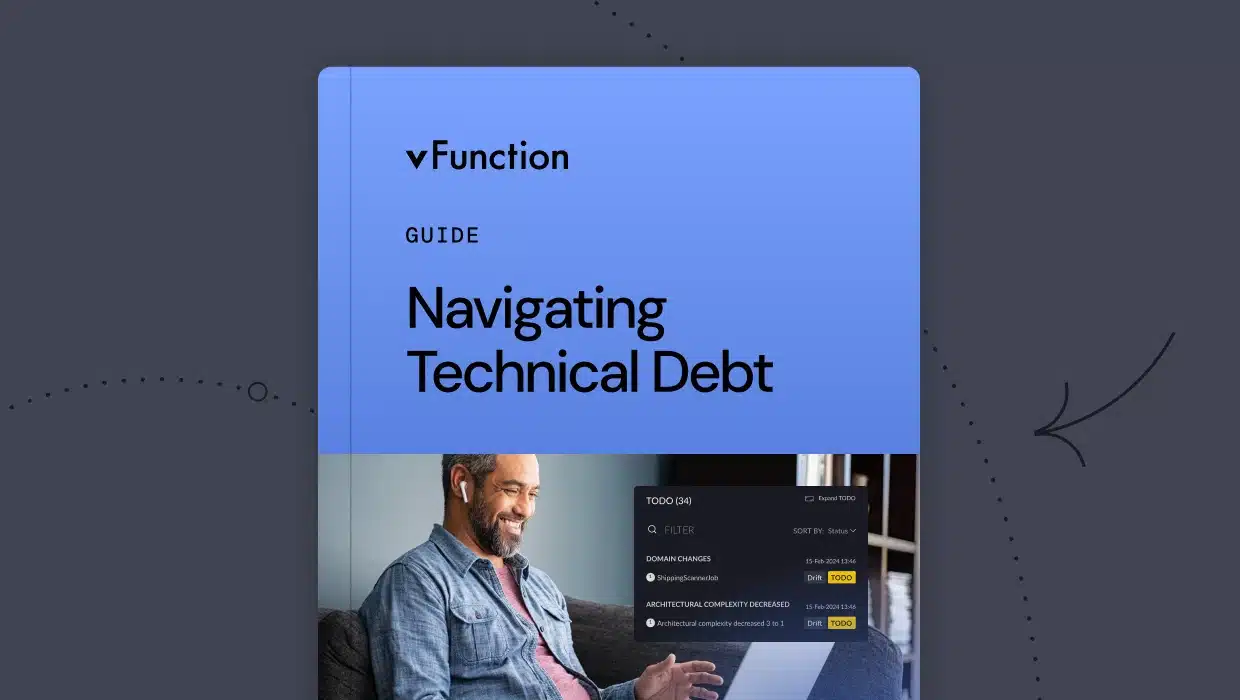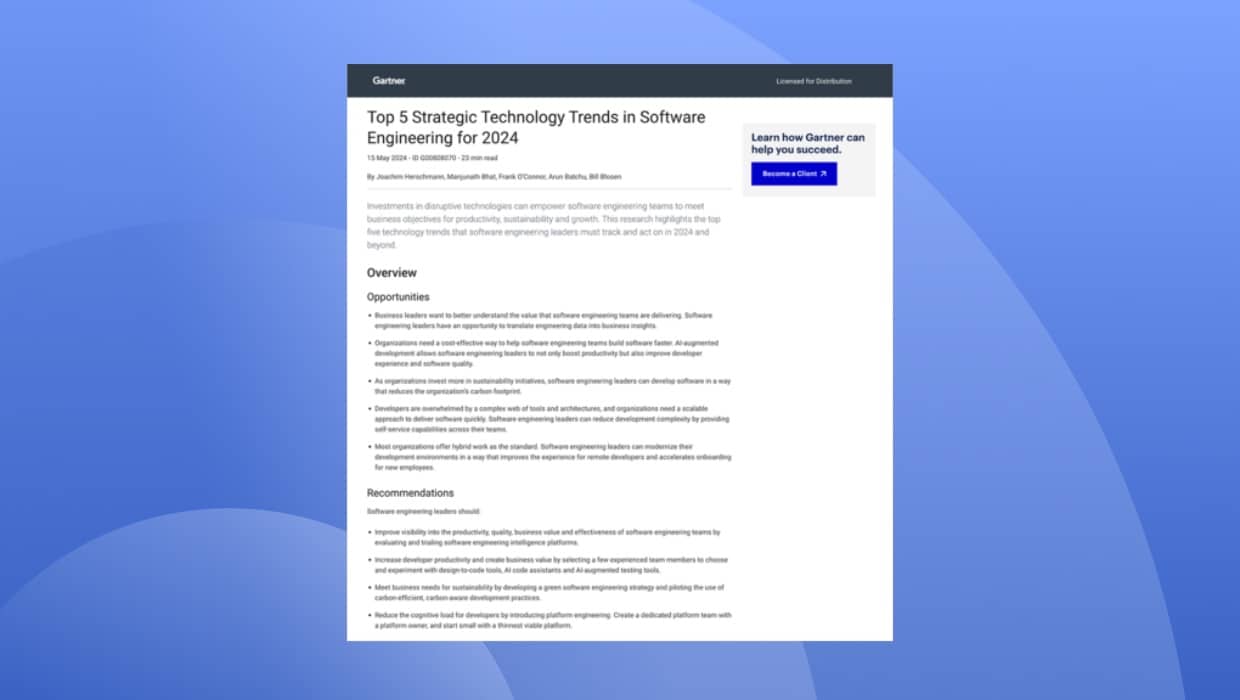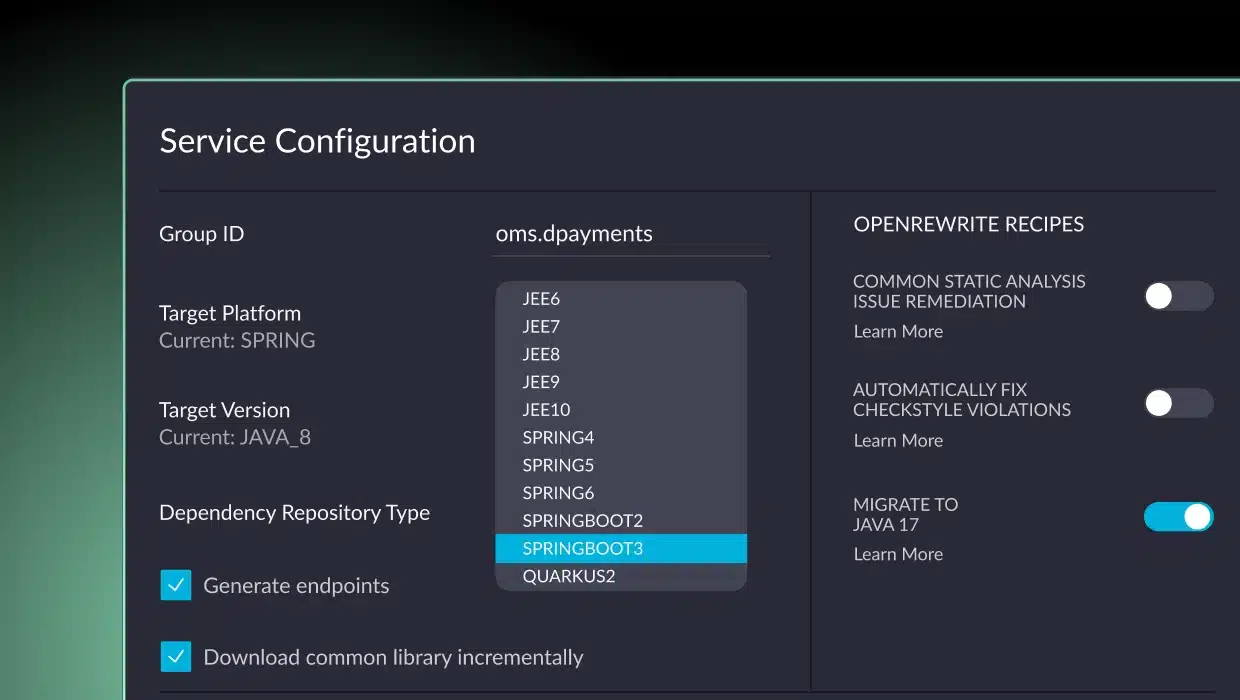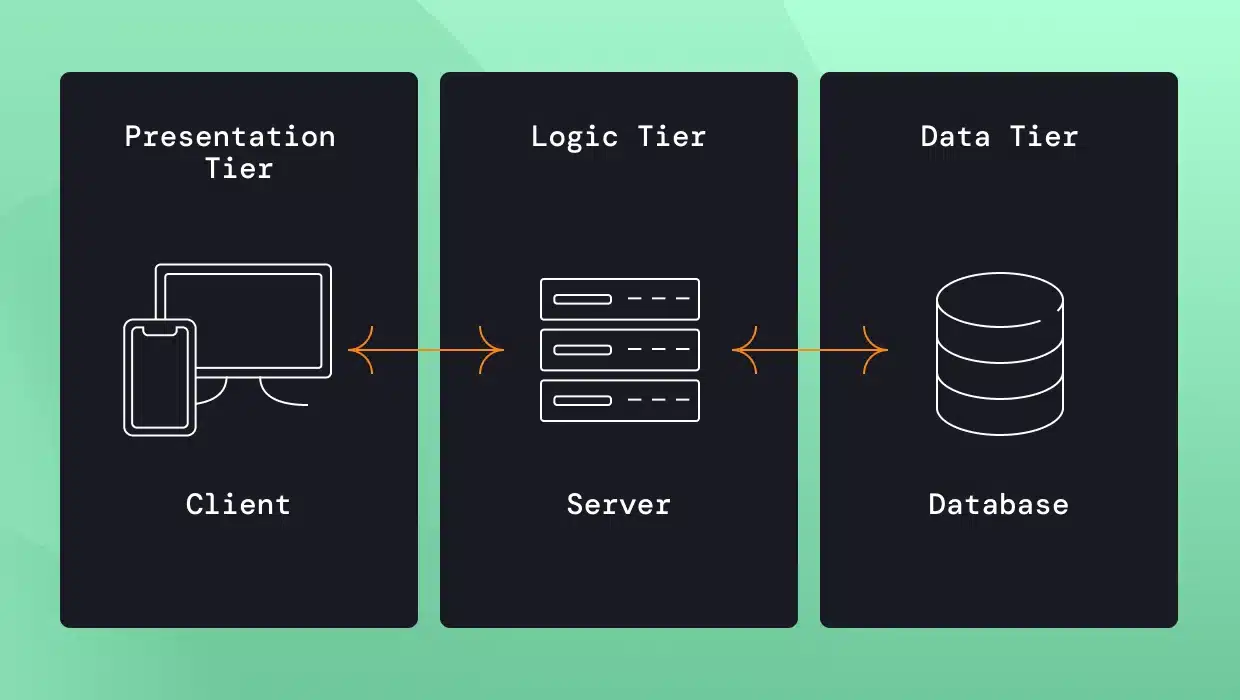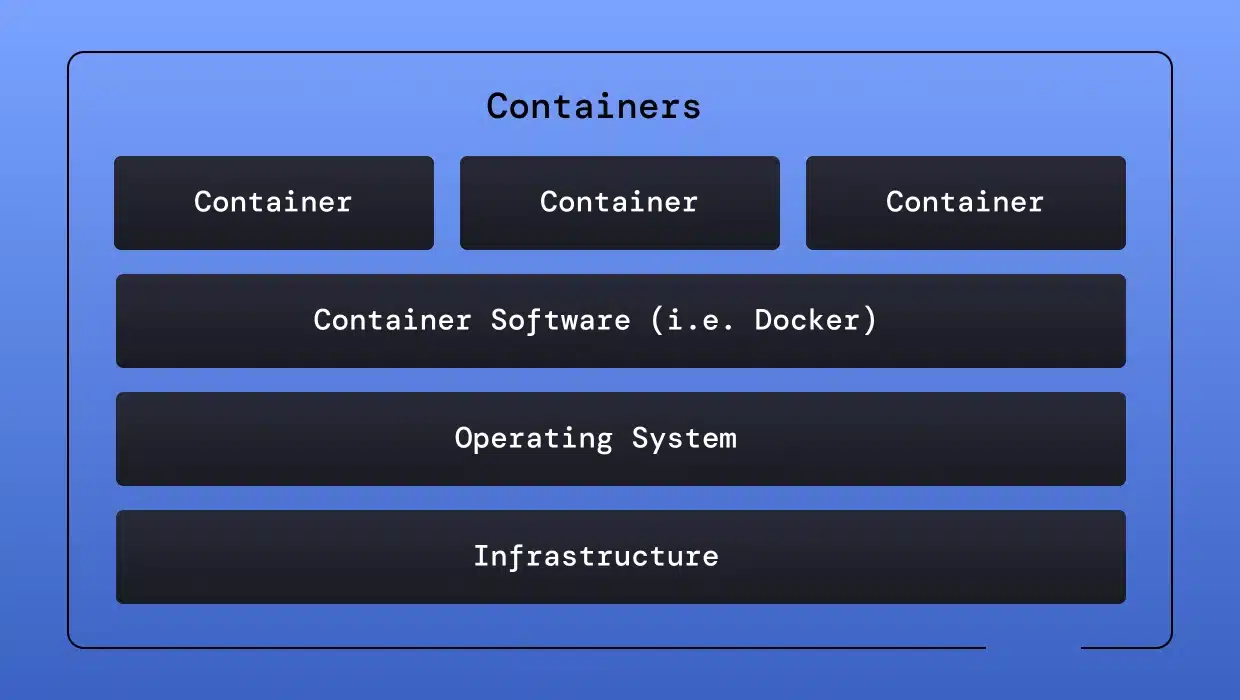In today’s market environment, the ability to quickly take advantage of new technological capabilities is of paramount importance to a company’s ability to maintain or enhance its competitive position. That’s why for many businesses, the modernization of their legacy application portfolio has become not just a high priority but an existential necessity.
The problem such organizations face is that the legacy apps they depend on for some of their most essential business processes actually hinder their ability to keep pace with rapidly changing technological and marketplace conditions. Stefan Van Der Zijden, VP Analyst at Gartner, puts it this way:
“For many organizations, legacy systems are seen as holding back the business initiatives and business processes that rely on them… application leaders must look to application modernization to help remove the obstacles.”
The Importance of Application Modernization
Legacy apps are typically structured as monoliths, meaning that the codebase is organized as a single, non-modularized unit that has functional implementations and dependencies interwoven throughout. Updating such code to interoperate with the cloud-native systems and resources that dominate today’s technological landscape is difficult, time-consuming, risky, and costly.
To overcome this difficulty, organizations must modernize their legacy monolithic codebases to convert them into modern, cloud-native applications that can easily integrate into today’s technological environment.
Most companies have not only recognized this fact but are acting on it – in a recent study conducted by Wakefield Research, 92% of respondents said their companies are either currently modernizing their legacy apps or are actively planning to do so.
Challenges of Application Modernization
Although application modernization is now considered by many companies to be essential, getting it right can be difficult. According to the Wakefield study, 79% of application modernization projects fail to achieve their goals.
Application modernization efforts have historically been time-consuming and costly: the typical modernization project lasts 16 months and costs about $1.5 million—and more than a quarter of Wakefield survey respondents (27%) say their projects took two years or more. In a recent survey, 93% of respondents characterized their modernization experience as “extremely or somewhat challenging.”
Related: App Modernization Challenges That Keep CIOs Up at Night
App Modernization Pitfalls to Avoid
Let’s take a look at some common pitfalls that can, if you fail to avoid them, add your project to that 79% failure rate:
1. Inadequate Management Support
Buy-in by an organization’s executive management team is indispensable to the legacy app modernization success. In the Wakefield survey, both executives and architects cited a lack of “prioritization from management” as a major factor that “stopped modernization projects in their tracks.”
If a company’s executive management isn’t on board with the necessity for legacy app modernization and with the ROI such projects can be expected to yield, the budget, personnel, and other required resources either won’t be supplied at all or won’t be maintained at an adequate level.
When changing marketplace conditions cause the organization to readjust its priorities, modernization projects can sometimes lose the management focus and budgetary support needed for success. To avoid that happening, you must be prepared to make and remake the case for the business utility and ROI of your modernization efforts as marketplace conditions continually evolve.
2. Failure to Adequately Address Cost Concerns
Nearly 50% of both executives and architects in the Wakefield study agreed that securing the needed budget and other resources is the most difficult step in implementing a modernization project. That’s typically because the executives who control the purse strings haven’t been given reliable information that convinces them that the return on the not-inconsiderable investment required for such projects will be great enough to justify the financial and business risks.
By conducting a data-driven assessment of your legacy application estate, you can provide your organization’s management team with accurate, quantified data that makes the business case for investing the budgetary and other resources an app modernization project will require.
3. Misalignment Between Business and Technology Teams
The Wakefield study reports that 97% of survey respondents expected that someone in their organization would push back against modernization proposals. Such objections commonly occur when various stakeholders are not on the same page. Here are some typical reasons why that may occur:
- The risk seems too great—Because legacy app modernization involves significant changes to critical systems, there is a definite degree of risk attached to such efforts. In the absence of trustworthy information and specific, well-developed plans that mitigate the risk factors, business and IT stakeholders may be reluctant to accept the risks to business operations that a modernization project represents.
- Stakeholders fear large-scale change—When legacy applications are modernized, some associated workflows will usually also change. Well-established processes may be altered, and workers may need to be retrained or reassigned. Such developments introduce levels of uncertainty and instability that business stakeholders may be wary of.
- Stakeholders fear losing their role—The business process changes that arise from app modernization efforts may threaten the traditional roles of some stakeholders or seem to relegate their perspectives and concerns to a lower priority level.
To avoid having such concerns become sources of pushback, stakeholders should be presented with a well-developed, data-driven modernization plan that addresses their unique issues.
4. Failure to Accurately Set Expectations
In the Wakefield study, this was the #1 reason given by respondents who started modernization projects they didn’t complete. Areas of particular concern include unrealistic expectations relating to budget and schedule requirements and anticipated project results such as improvements in engineering velocity and application innovation.
To overcome this obstacle you need to be able to supply stakeholders with accurate, quantified data regarding the complexity of the task and the timeframe and budget that will be required for completing it.
In addition, you must ensure that your modernization methodology can produce the results you promise. Companies often make the mistake of thinking that just moving an application to the cloud will provide an acceptable degree of modernization. That’s not the case. Such a migration (often called a “lift and shift”) retains all the disadvantages of the application’s monolithic architecture.
True modernization only occurs when the app is not only migrated to the cloud but is refactored from a monolith to a microservices architecture. Only then will you fully reap the benefits that make a modernization project worthwhile.
5. Failure to Make Required Organizational Structure Changes
App modernization is far more than just a technical exercise. IBM puts it this way:
“A cultural transformation is also imperative. Organizational roles, business processes and IT skills must evolve and advance for your cloud migration and application modernization to be a success.”
According to Conway’s Law, the organizational structure of a software development group must align with the structure of the application they intend to produce. When that doesn’t happen, an app modernization project is headed for trouble. Software engineer Alex Kondov is adamant that “you can’t fight Conway’s Law,” and supports that declaration with this observation:
“Sadly, often a company’s structure may not support the system it wishes to create. Time and time again, when a company decides that it doesn’t apply to them they learn a hard lesson.”
6. Inadequate Skills or Training
A legacy app modernization project is a complex process that requires a level of expertise many companies don’t have in-house. So it’s no surprise that almost a third of respondents to the Wakefield survey cited a lack of worker skills or training as a key obstacle to success.
Yet, in today’s job market, hiring and retaining highly skilled software developers can be a time-consuming and costly process. You can reduce this requirement by providing your development team with modernization tools that embody skills your developers may lack.
7. Lack of Intelligent Tools
In the Wakefield survey, this was the #1 reason cited by software architects for app modernization failures. The process of refactoring monolithic legacy apps to convert them to a cloud-native microservices architecture is a highly complex undertaking that may require unraveling tens of millions of lines of code to expose hidden functionalities and dependencies in the codebase.
Doing this using an essentially manual approach may require many months or even years of developers’ time, and even then the risk of an unsatisfactory outcome is extraordinarily high. On the other hand, the use of a state-of-the-art, AI-enabled, automated modernization tool can speed up the process by orders of magnitude while all but eliminating the risk factors that plague manual efforts.
Related: The Easy Way to Transition from Monolithic to Microservices
App Modernization Starts with Using the Right AI Tech
Many companies attempt to modernize applications using general-purpose design, analysis, and performance monitoring tools. But these have proven to be inadequate for the task.
What’s needed is a tool that’s specifically designed for modernization, with advanced AI capabilities that allow it to comprehensively analyze monolithic applications, reveal hidden dependencies and functional implementations, and benchmark the levels of technical debt, complexity, and modernization risk associated with each app. It should also be able to substantially automate the process of restructuring complex monolithic apps into microservices.
vFunction provides just such an automated, AI-empowered tool. The vFunction Assessment Hub measures the complexity, technical debt load, and modernization risk of each app. The vFunction Modernization Hub then automates about 90% of the process of refactoring monolithic codebases into microservices.
To see first-hand how vFunction can help you avoid the pitfalls that have wrecked so many application modernization efforts, request a demo today.
